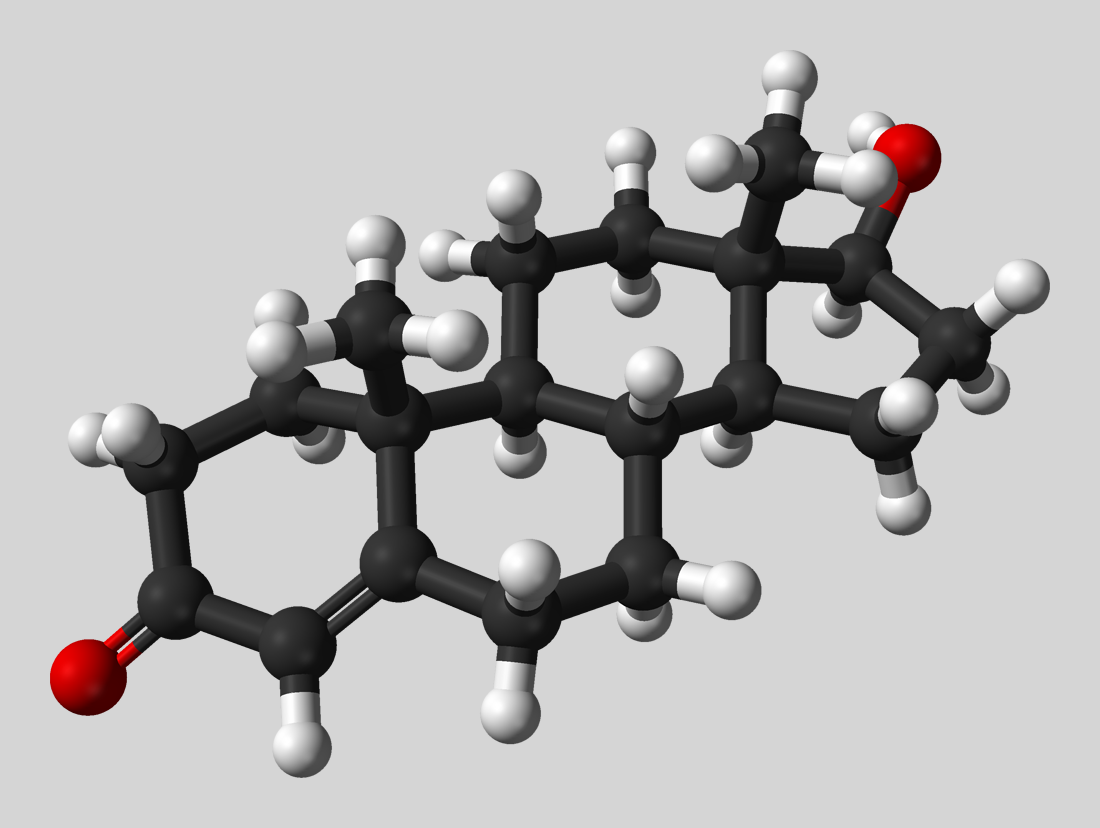It’s estimated that 1.6 billion people worldwide suffer from iron deficiency and anemia. Those that are susceptible to iron deficiency are most commonly infants, children, premenopausal women, female athletes, individuals in disadvantaged communities, and pregnant women whom it can lead to premature births. In addition to these risk factors, women who have prolonged periods or have heavier than normal flow are at increased risk of being iron deficient.
Here are 4 signs that you may need to increase iron intake and/or improve your diet to improve iron uptake.
1. You feel tired all the time and have shortness of breath
Iron plays an important part in how we produce energy in our cells. Low levels of iron mean that red blood cells do not carry oxygen efficiently to our cells, and the cells in our muscles can’t hold onto oxygen. This results in our muscles not being able to produce enough energy to continue with day-to-day activities or sustain physical activity. This ultimately leads to being tired sooner than you might expect and short of breath.
2. You get cold hands and feet all the time and your skin is paler
With decreased levels of iron, the hemoglobin in red blood cells that gives blood its red colour decreases. Additionally, less oxygen delivery to surrounding tissues like the skin could also make you feel colder.
The production of our thyroid hormones is also dependent on enzymes requiring iron. These thyroid hormones help increase our metabolism and can in turn increase heat production.
3. You get sick regularly
Iron-containing enzymes are important for acting as anti-oxidants in our bodies. One key enzyme that requires iron is Myeloperoxidase. This enzyme creates a localized toxin that destroys foreign substances in our body such as bacteria.
In addition to protective enzymes, iron is needed for a healthy immune system. Low iron levels can weaken the immune system making it harder to defend against bacteria and viruses.
4. You want to eat strange things that aren’t food
A strange but rarer symptom of iron deficiency in some people is called pica which is a compulsion that makes individuals crave non-nutrition substances that could be toxic like lead, ice, clay, or laundry starch. Pica can also introduce ingesting a greater number of substances that could compete for iron absorption, further exacerbating low iron status.
Your optimum health takeaway
References:
- Abbaspour N, Hurrell R, Kelishadi R. Review on iron and its importance for human health. J Res Med Sci. 2014;19(2):164-74.
- Oliveira F, Rocha S, Fernandes R. Iron metabolism: from health to disease. J Clin Lab Anal. 2014;28(3):210-8.
- Soppi ET. Iron deficiency without anemia – a clinical challenge. Clin Case Rep. 2018;6(6):1082-6.






